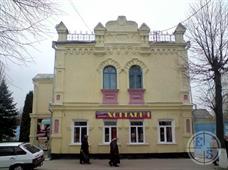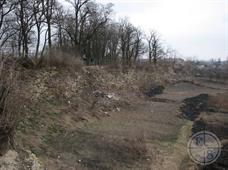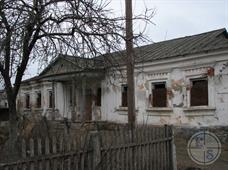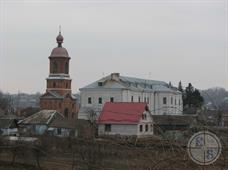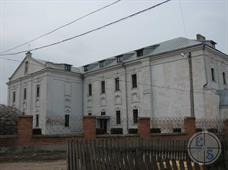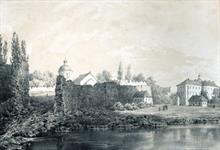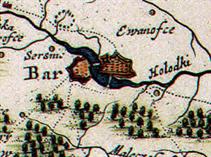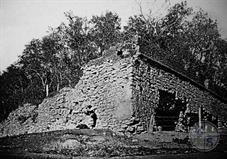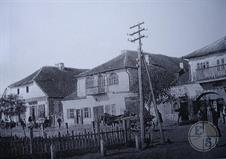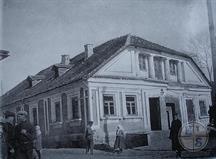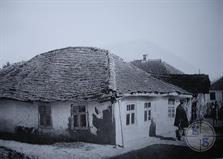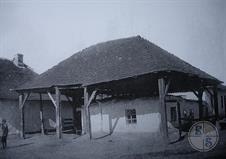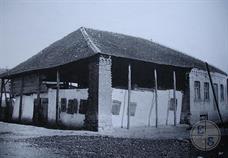Bar
Bar, 2010 г.
Jews began to settle in Bar in the first half of the sixteenth century, making the community one of the oldest in Ukraine. The Jews of Bar suffered greatly during the uprising of Bogdan Chmelnitsky (1648-1649), and in the eighteenth century during the uprising of the Haidamaks.
During the pogroms of the Russian Civil War (1918-1920), carried out by the White Army troops of Anton Denikin and the Ukrainian Army of Symon Petliura, several dozen Jews were murdered.
In the Soviet period, a Yiddish school operated in Bar and the Jewish Yidishe poyer kolkhoz was established. The last great synagogues of Bar were closed by the Soviet authorities in the mid-1930s. During that time, most Jews were employed as office workers, artisans or in the three small, local factories.
In 1939, the number of Jews in Bar stood at 3,869, 41 percent of the total population.
The Germans occupied Bar on July 16, 1941, together with Romanian and Italian troops.
In September 1941, Romanian-controlled Transnistria was established, with its border close to Bar. While Bar itself remained under German administration, the Bar railway station belonged to Transnistria.
On December 20, 1941, three ghettos were established in the town; two of them later merged. In the autumn of 1941, Jews from neighboring localities were brought to Bar, together with deportees from Bessarabia and Bukovina, to join the local Jews in the ghettos.
In August 1942, rumors of an impending murder operation spread through one of the ghettos. Several dozen families believed the reports and fled to Romanian-controlled Kopaigorod, where they survived. Most of the ghettos’ inhabitants were shot in two major murder operations in August and October 1942.
During the pogroms of the Russian Civil War (1918-1920), carried out by the White Army troops of Anton Denikin and the Ukrainian Army of Symon Petliura, several dozen Jews were murdered.
In the Soviet period, a Yiddish school operated in Bar and the Jewish Yidishe poyer kolkhoz was established. The last great synagogues of Bar were closed by the Soviet authorities in the mid-1930s. During that time, most Jews were employed as office workers, artisans or in the three small, local factories.
In 1939, the number of Jews in Bar stood at 3,869, 41 percent of the total population.
The Germans occupied Bar on July 16, 1941, together with Romanian and Italian troops.
In September 1941, Romanian-controlled Transnistria was established, with its border close to Bar. While Bar itself remained under German administration, the Bar railway station belonged to Transnistria.
On December 20, 1941, three ghettos were established in the town; two of them later merged. In the autumn of 1941, Jews from neighboring localities were brought to Bar, together with deportees from Bessarabia and Bukovina, to join the local Jews in the ghettos.
In August 1942, rumors of an impending murder operation spread through one of the ghettos. Several dozen families believed the reports and fled to Romanian-controlled Kopaigorod, where they survived. Most of the ghettos’ inhabitants were shot in two major murder operations in August and October 1942.
Vinnitsa Region
More detail you can read on the Russian-language version of the site, as the English version in the process of finalizing


My shtetl
My shtetl
Jewish towns of Ukraine
Jewish towns of Ukraine
You can leave a comment or add the article
After checking the moderator Your comment will be published
After checking the moderator Your comment will be published



Up

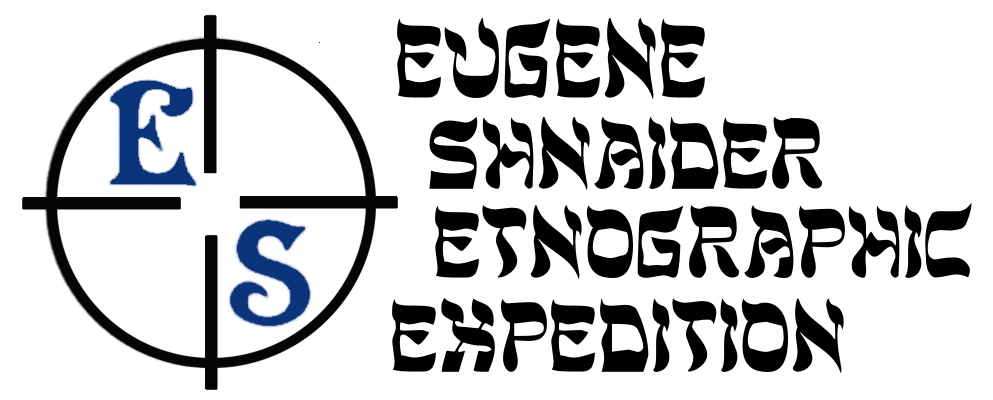
e-mail
password
I would prefer to publish as a guest
